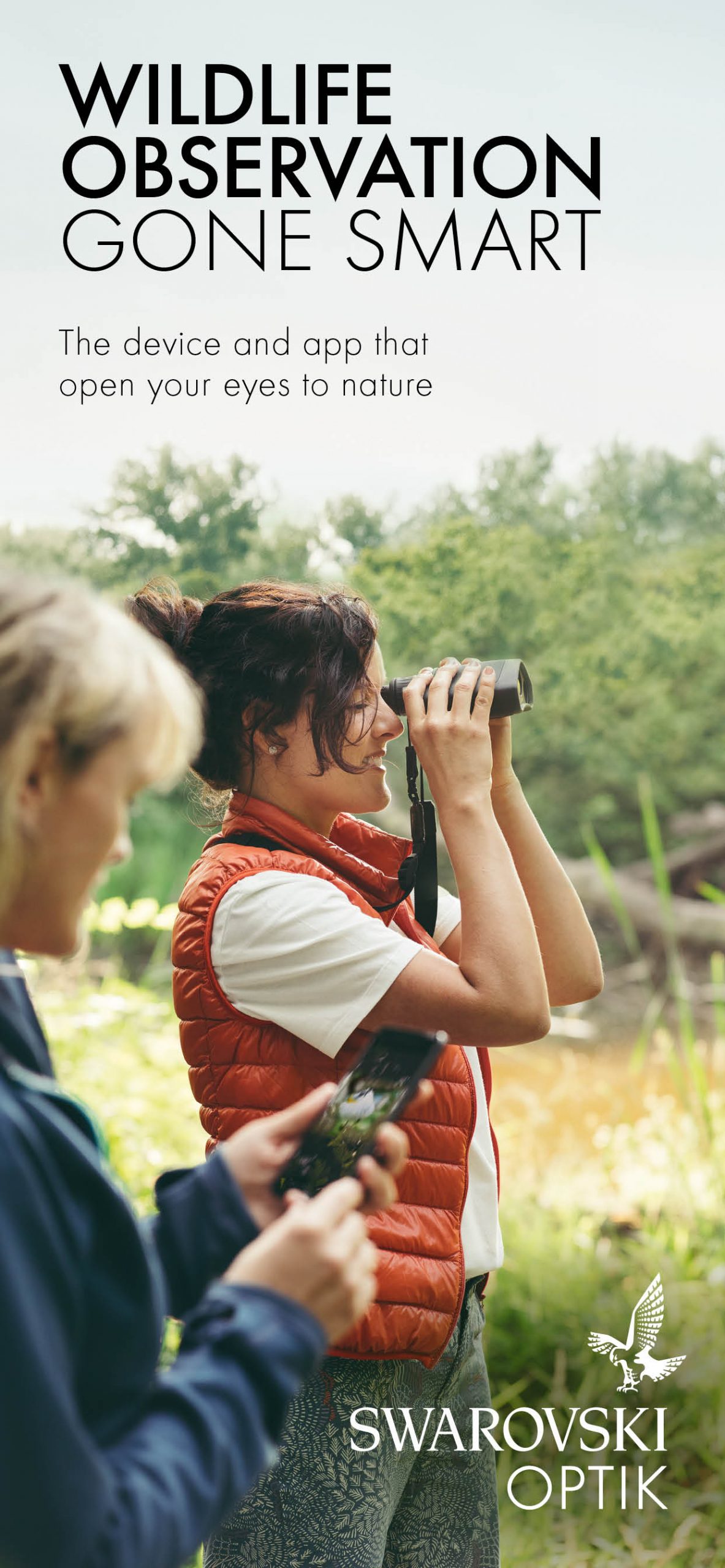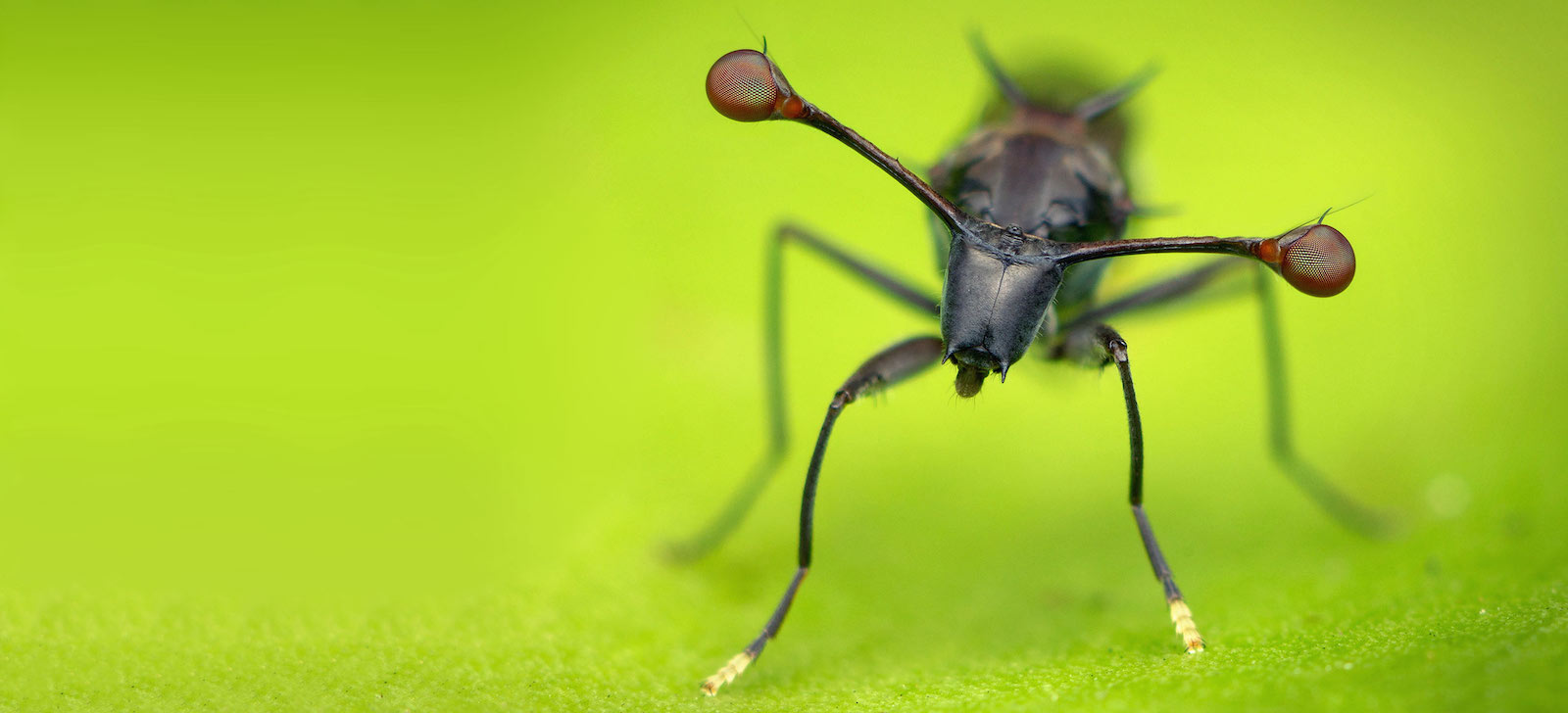
Category
BRAIN UP YOUR DEVICE
Applications (apps) are not only valuable software tools for mobile devices. They also play an increasing role in software built in other devices and machinery to
Sunbird images
Project
SWAROVSKI OPTIK dG Mammals
Sunbird Images was assigned by SWAROVSKI OPTIK Austria to develop the app for automatic image recognition of mammals, which was to be used with their dG device on both, iOS and Android mobile devices in the form of smartphones and tablets.
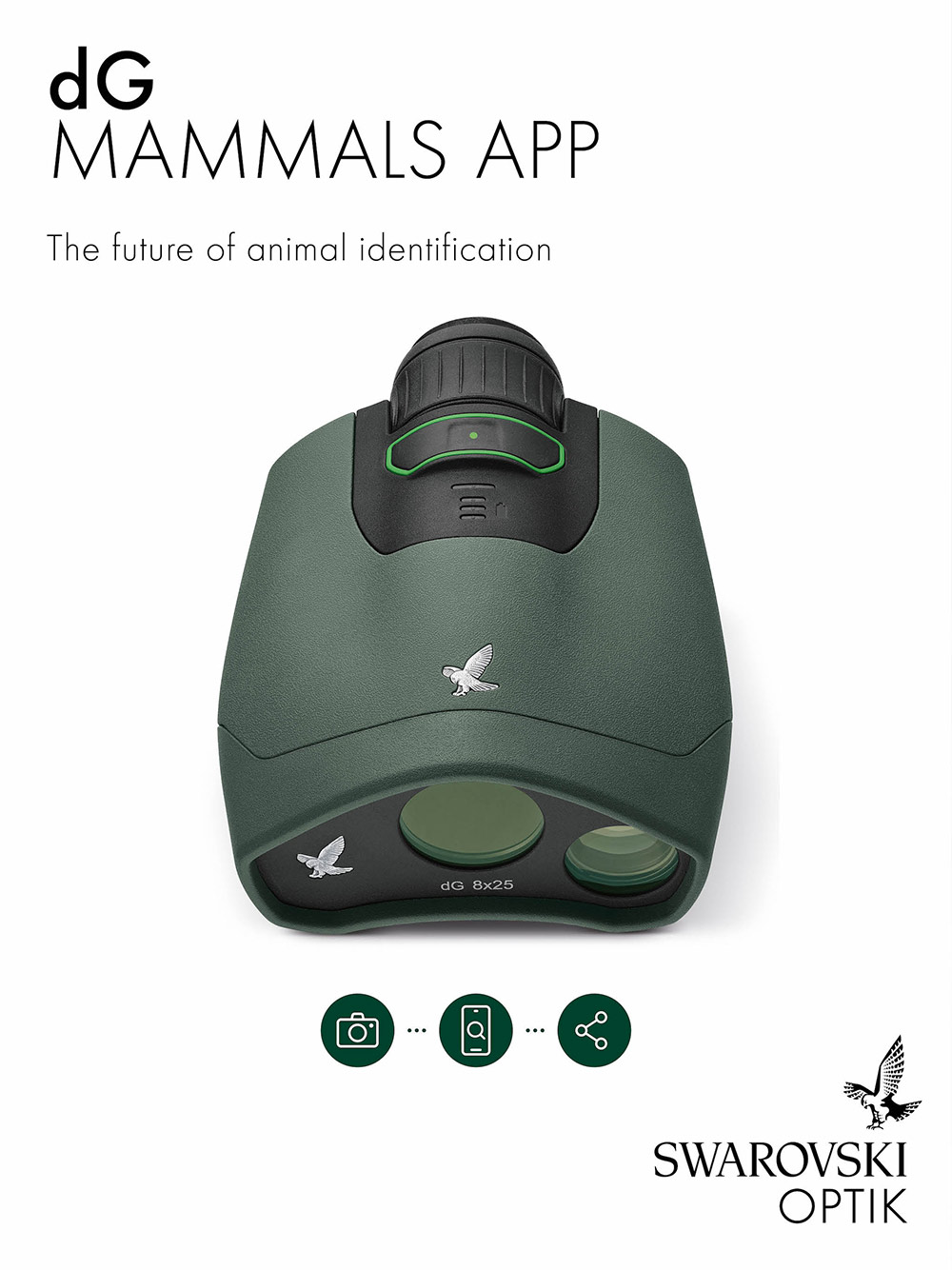
Development
CHALLENGES
The first major challenge was the selection of species included in the app. The goal was to enable the user to automatically determine European mammals and to provide him with informative and interesting facts. The app contains information about plus automatic recognition for such diverse groups as rodents, European
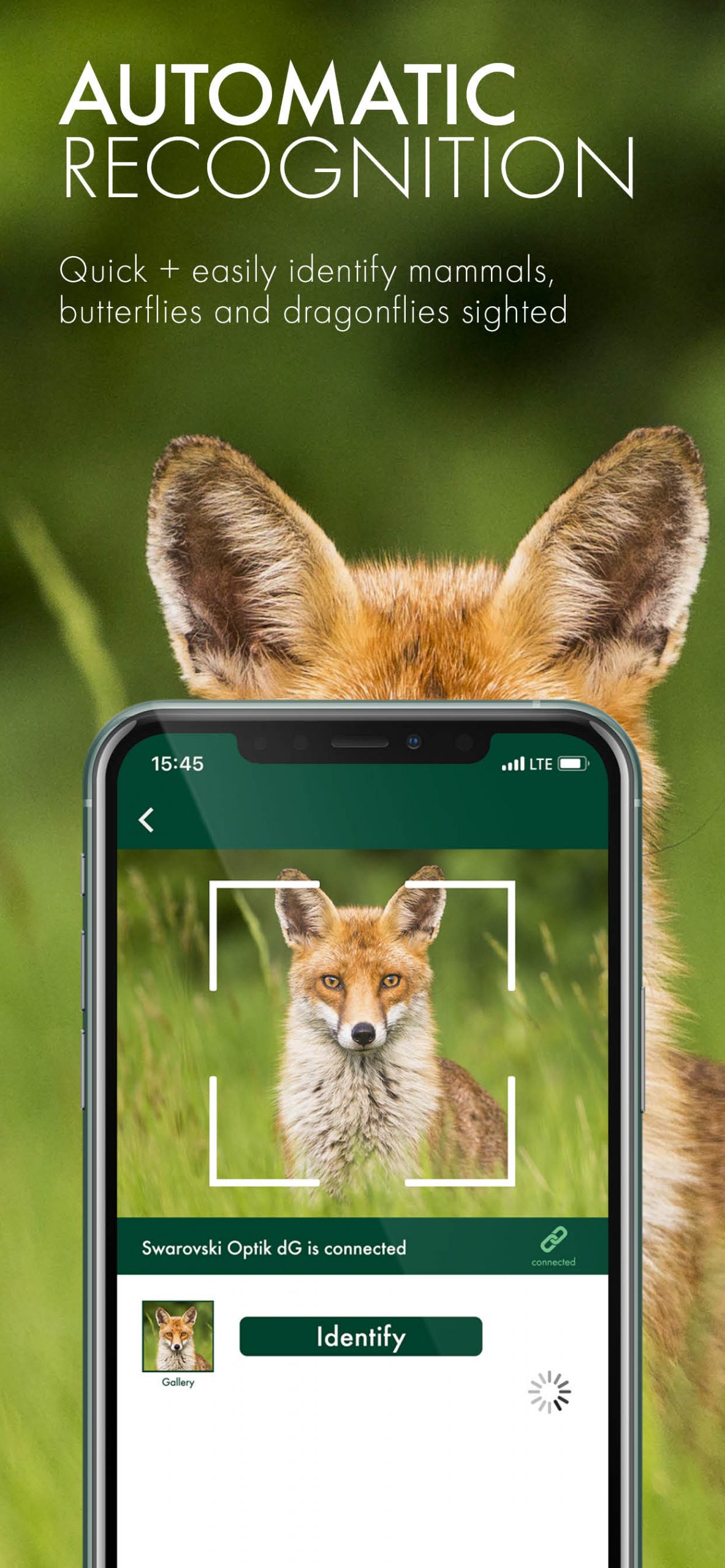
The heart of the app, however, is of course the AI to identify mammals. This AI was trained on the basis of the latest technology by Israeli machine learning experts and using hundreds of thousands of animal images. A special feature at Sunbird Images is that the training images do not simply come from ready-made databases, which often contain wrongly identified species, but have been carefully curated by Sunbird Images staff. This, and the inclusion of the recognition of the corresponding habitat of an animal, results in
An additional feature implemented by Sunbird Images is that the app receives data directly from the SWAROVSKI OPTIK dG device, which means it must be connected to the device at all times. This is not only important for the immediate automatic identification of the observed animals, but also for the live stream. This innovative feature transfers the image the dG operator is currently observing to the phone or tablet with the device. Especially for tour and nature guides, this is a fantastic opportunity to show their customers animals in the wild on a tablet screen without having to explain on which branch or stone the animal currently sits or behind which leaf it is hiding. A very true example of “Digital goes Nature!“
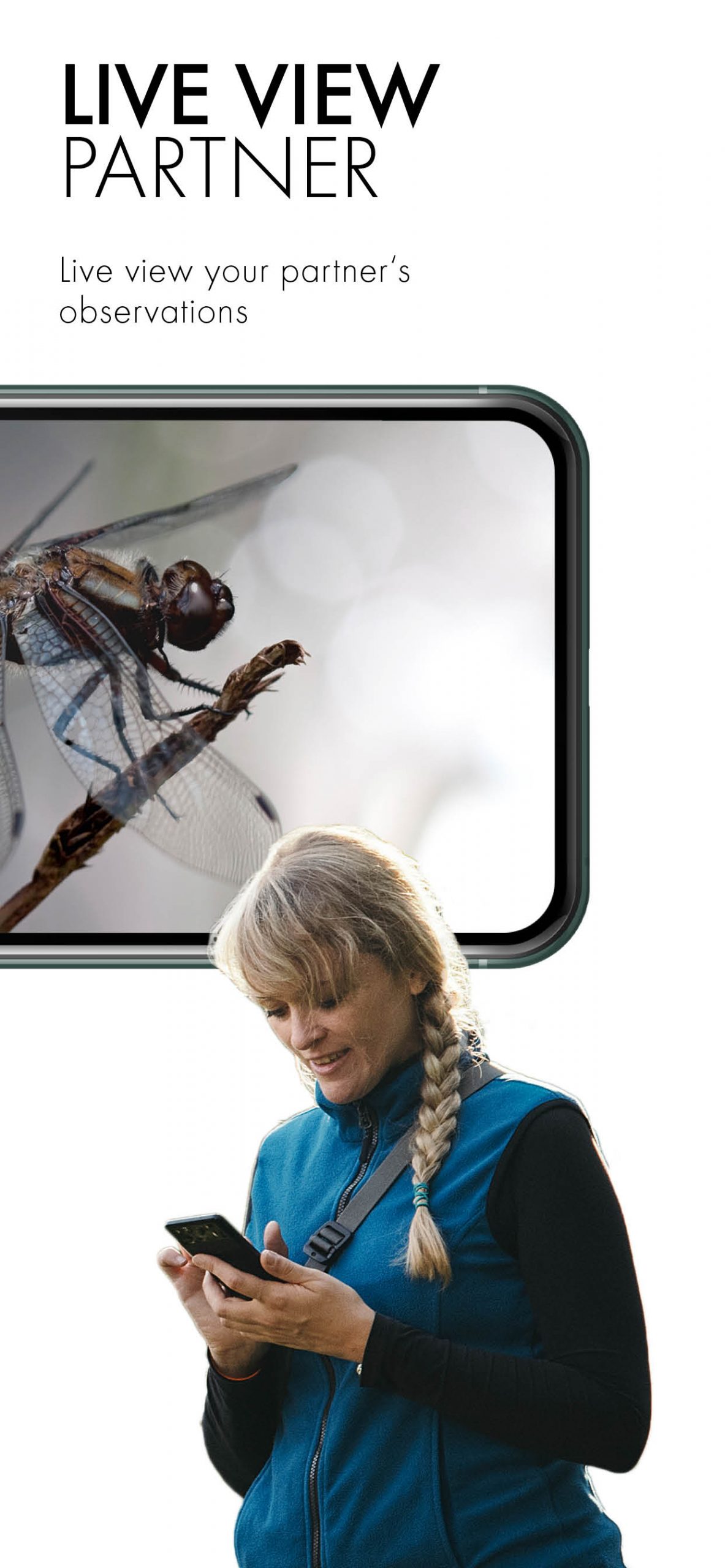
UX/UI
In order to combine the various requirements with a user-friendly and intuitive framework, Sunbird Images created a UI that is simple to use, yet offers a user experience that reflects SWAROVSKI OPTIK’s


